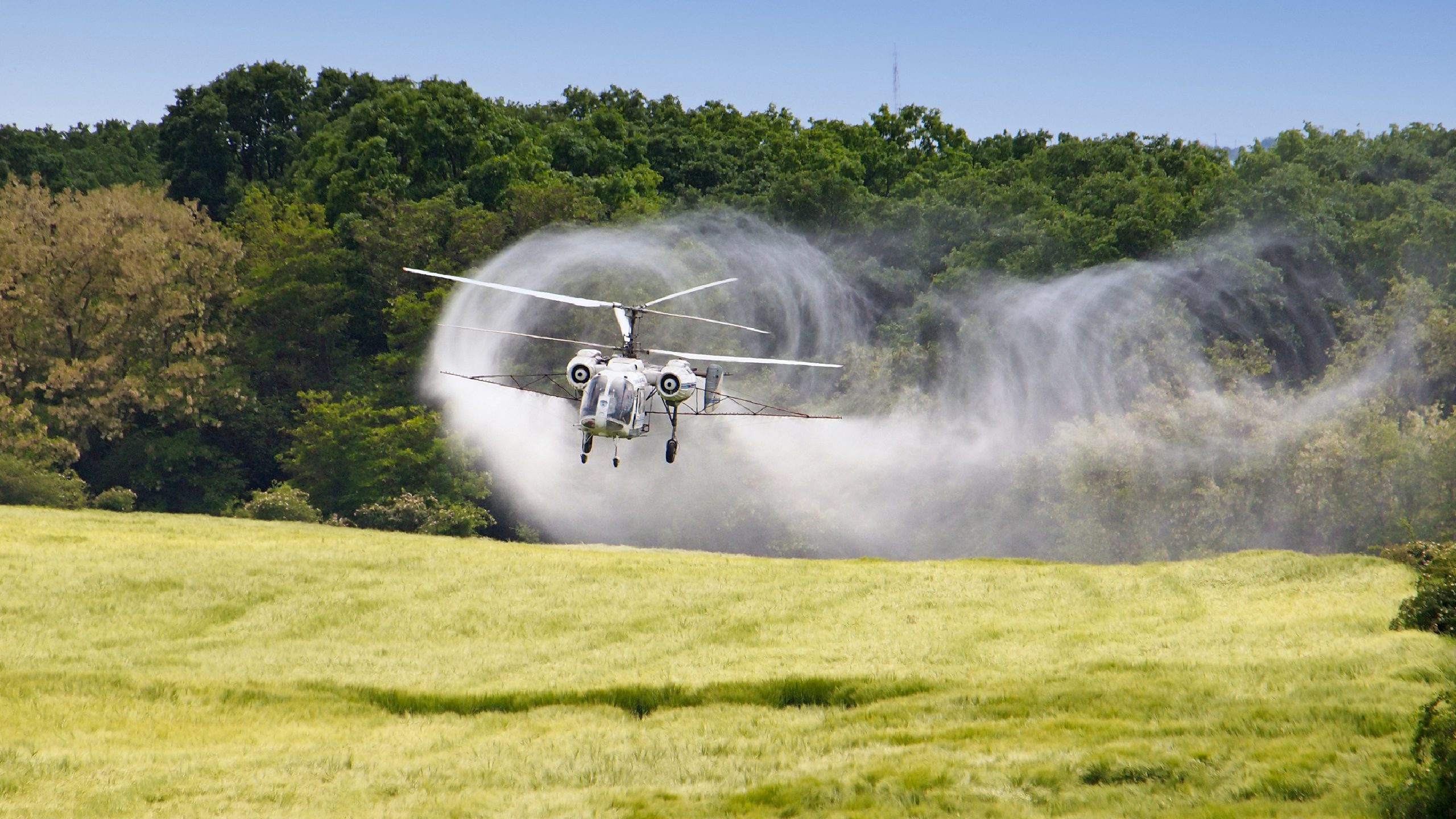Aerial cheatgrass spraying completed on burned areas in the eastern Snowy Range

Via aerial application of the herbicide Rejuvra, the U.S. Department of Agriculture, Forest Service (USFS) and the Wyoming Game & Fish Department (WGFD) treated cheatgrass on 6,289 acres this past summer within the 2012 Squirrel Creek and 2020 Mullen wildfire areas.
The planned goal of 5,300 acres was surpassed, which increases the effectiveness of the management efforts to reduce or eradicate cheatgrass on many burned areas.
Aerial spraying with a helicopter occurred in multiple treatment units along the eastern portion of the Snowy Range, Medicine Bow National Forest.
Emphasis for the treatment is on controlling non-native, annual cheatgrass on critical big-game winter ranges, enhancing native vegetation species, stabilizing soils, and reducing erosion. Treating cheatgrass also greatly minimizes the risk of a second wildfire in these areas by the reduction in fine fuels and diminishes the threat of shorter fire intervals in the future.
The contiguous aerial treatment was retreatment of the Squirrel Creek burned area and initial treatment of areas burned by the Mullen Fire. Efforts focused on high-risk areas where the spread of cheatgrass could allow it to become established as dominant plant species.
Aerial treatments of cheatgrass have previously proven successful on the Medicine Bow National Forest, within burned areas from multiple wildfires.
“Collective support for treating invasive species following the Mullen fire is valued at over a million dollars,” stated Jackie Roaque, Range Program Staff for the Laramie Ranger District. “With that funding approximately 17,000 acres of cheatgrass has been treated over multiple years, which is the result of great partnerships.”
The Mullen cheatgrass project received in-kind, monetary support from the following entities: USFS, WGFD, Colorado State University – Natural Resource Ecology Lab, United States Geological Survey, Muley Fanatics Foundation, University of Wyoming, Wyoming Wild Sheep Foundation, Rocky Mountain Elk Foundation, Wyoming Wildlife and Natural Resource Trust, National Fish and Wildlife Foundation, and Wyoming Governor’s Big Game License Coalition.
In 2021, 10,903 acres were treated via aerial application on the western slope of the Snowy Range. More acreage is planned for treatment within the Mullen wildfire area the summer of 2023, along with retreatment of the 2018 Badger Creek wildfire area and initial treatment on the Pole Mountain unit.
Cheatgrass is a particularly aggressive invasive species that many agencies and landowners in the western United States are struggling to control. It is a prolific seed producer, thrives in disturbed areas and can displace native plants within grass and shrubland communities.
The ability to spray aerially in burned areas is a result of the 2015 Record of Decision for Invasive Plant Management on the Medicine Bow-Routt National Forests and Thunder Basin National Grassland.
Specific questions about the project should be directed to Jackie Roaque (USFS), 307-745-2340.
Fire recovery is a USDA Forest Service – Rocky Mountain Regional priority, and local Forest objective. Post-fire restoration work, such as cheatgrass spraying, is ongoing.


